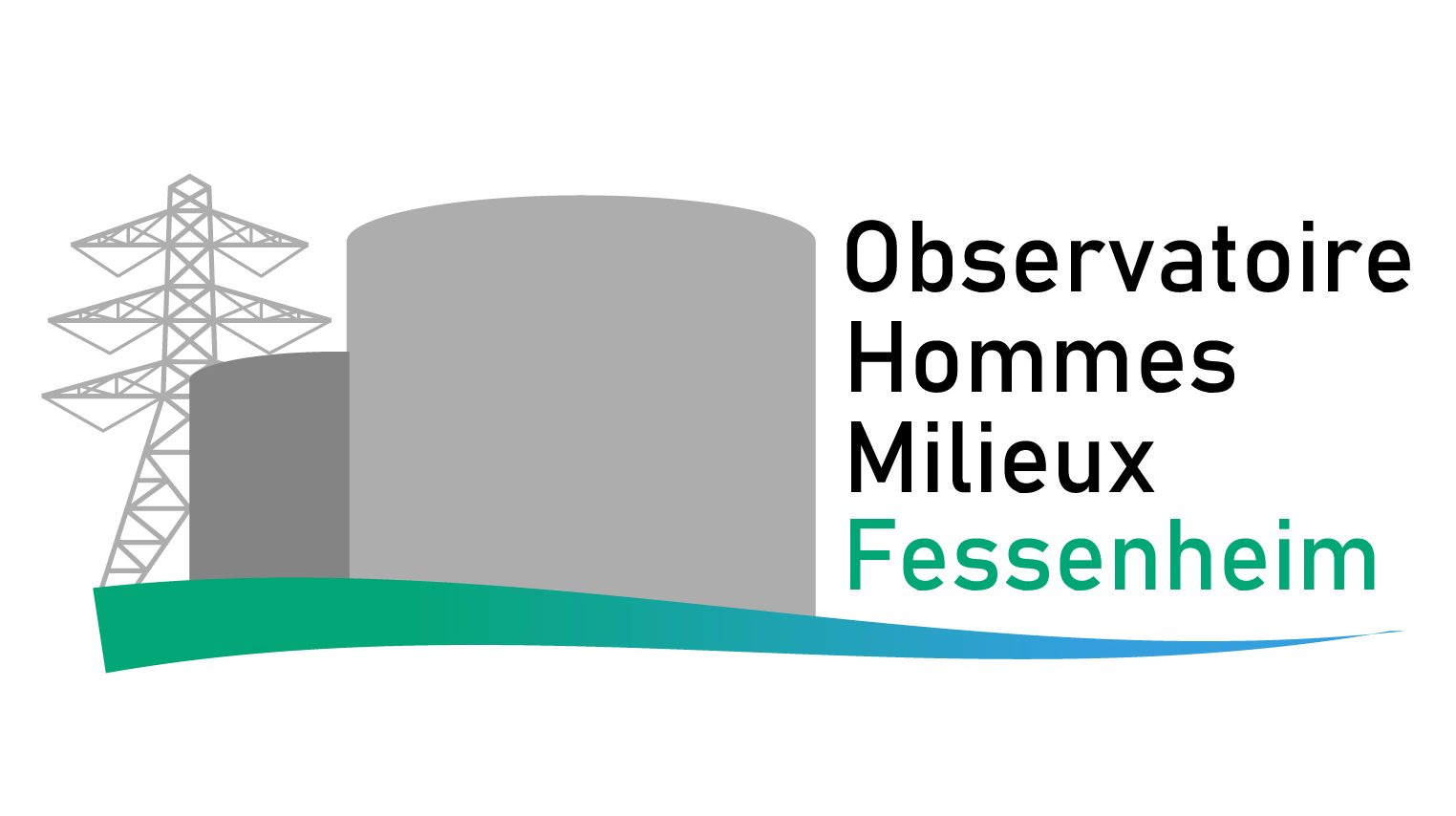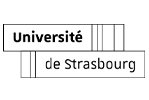Key factors influencing metal concentrations in sediments along Western European Rivers: a long-term monitoring study (1945-2020)
Since 1945, a large amount of heterogeneous data has been acquired to survey river sediment quality, especially concerning regulatory metals such as Cd, Cr, Cu, Hg, Ni, Pb, and Zn. Large-scale syntheses are critical to assess the effectiveness of public regulations and the resiliency of the river systems. Accordingly, this data synthesis proposes a first attempt to decipher spatio-temporal trends of metal contamination along seven major continental rivers in Western Europe (France, Belgium, Germany, and the Netherlands). A large dataset (>12,000 samples) from various sediment matrices (bed and flood deposits – BFD, suspended particulate matter – SPM, dated sediment cores – DSC) was set up based on monitoring and scientific research from the 1950s to the 2010s. This work investigates the impact of analytical protocols (matrix sampling, fractionation, extraction), location and time factors (related to geology and anthropogenic activities) on metal concentration trends. Statistical analyses highlight crossed-interactions in space and time, as well as between sediment matrices (metal concentrations in SPM ≃ DSC > BFD) and extraction procedures (also related to river lithology). Major spatio-temporal trends are found along several rivers such as (i) an increase of metal concentrations downstream of the main urban industrial areas (e.g. Paris-Rouen corridor on the Seine River, Bonn-Duisburg corridor on the Rhine River), (ii) a long-term influence of former mining areas located in crystalline zones, releasing heavily contaminated sediments for decades (Upper Loire River, Middle Meuse section), (iii) a decrease of metal concentrations since the 1970s (except for Cr and Ni, rather low and stable over time). The improvement of sediment quality in the most recent years in Europe reflects a decisive role of environment policies, such as more efficient wastewater treatments, local applications of the Water Framework Directive and urban industrial changes in the river valleys.




